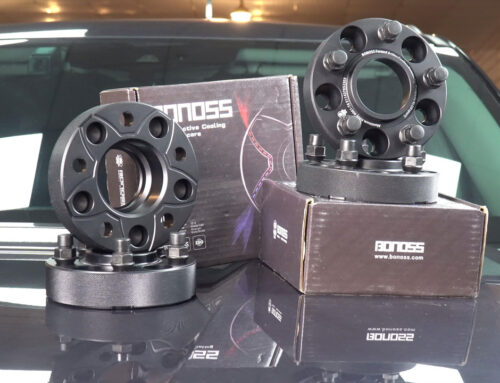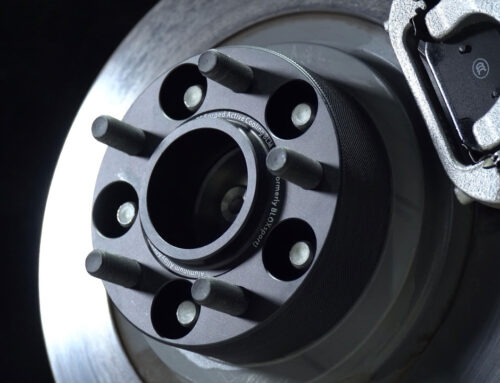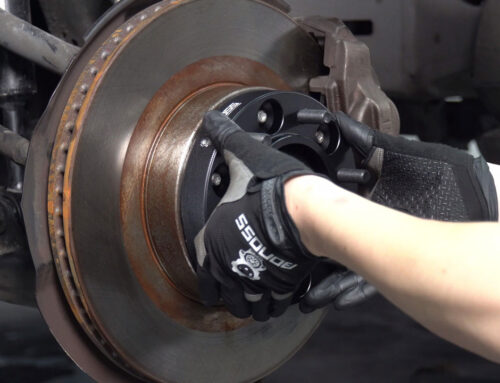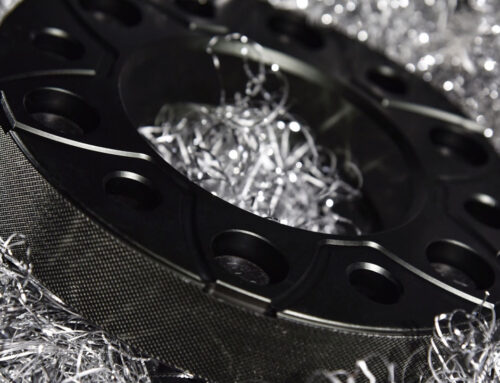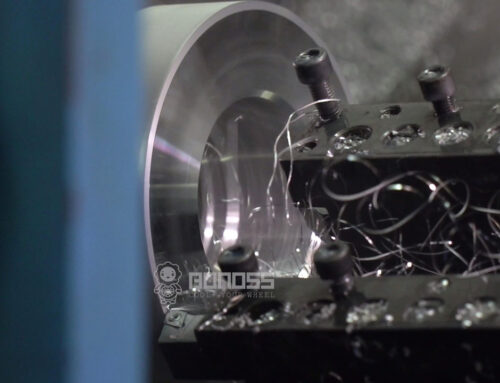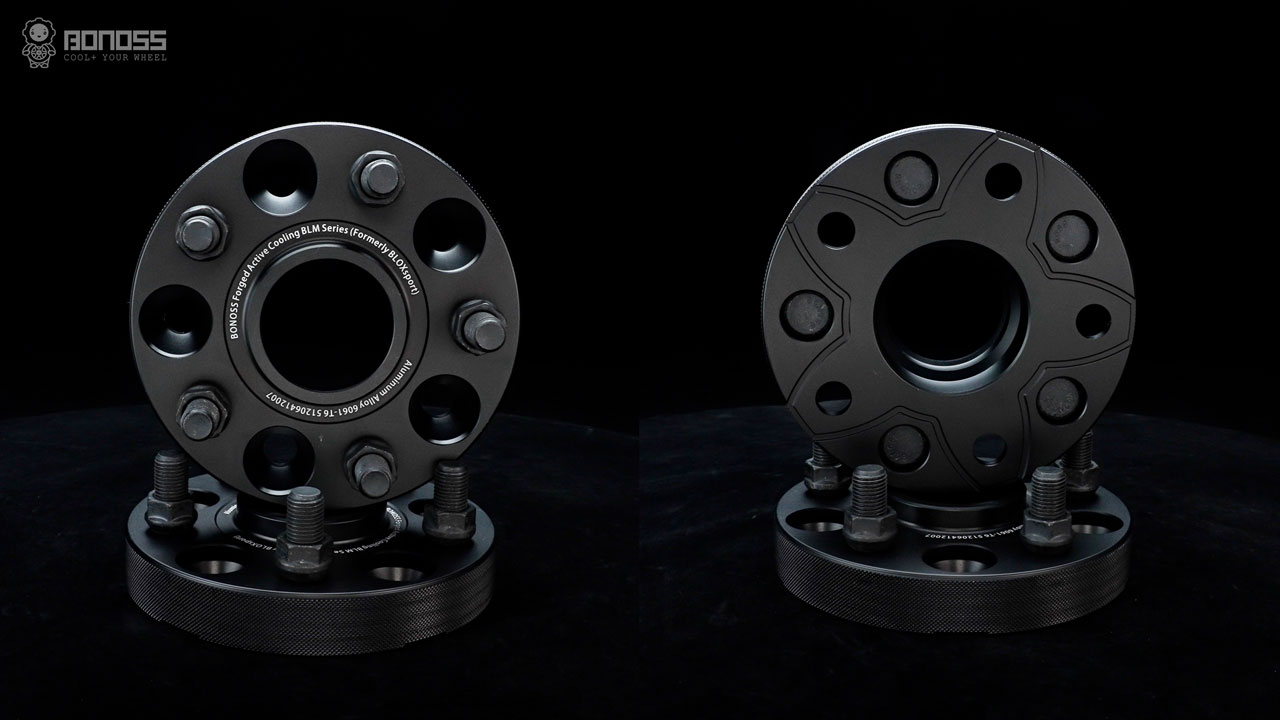
You may be looking for forged aluminum wheel spacers. Quality aluminum spacers are usually made of 6061-T6 and 7075-T6 these two variants. Which one is more suitable for you? When choosing a set of aluminum wheel spacers for a project, it’s important to consider the attributes you need for the final application. Whether it’s strength, corrosion resistance, conductivity, or a combination of these qualities, check them out before purchasing.
Both 6061-T6 aluminum and 7075-T6 aluminum are high-strength alloys in the industry. The “T6” means that the material is heat-treated with a solution, then it is aged. To compare these two types of aluminum wheel spacers, we start from the tensile strength, yield strength, and others.
6061-T6 v.s 7075-T6 Aluminum Wheel Spacers
When choosing between 6061-T6 and 7075-T6 aluminum wheel spacers, there are some fundamental aspects you need to consider. 6061-T6 aluminum wheel spacers are one of the most popular spacers available because of their good strength, toughness, hardness, and corrosion resistance. But it’s noticeable that 7075-T6 aluminum wheel spacers feature a tensile strength that is nearly double that of 6061-T6 aluminum spacers. This alloy is one of the strongest types of aluminum available. The yield strength of 7075-T6 types is estimated to be 1.5 times that of 6061-T6. This is due to its chemical composition. Therefore, they withstand more impact and more without deformation than 6061-T6. In addition, 7075-T6 aluminum wheel spacers are substantially harder as well.
In short words, 7075-T6 aluminum wheel spacers are far better than 6061-T6 alternatives. For racing, drift, and performance events, 7075-T6 spacers are the best option. However, they tend to be more expensive than the 6061-T6 ones. Your budget is a significant factor. If you must consider the costs of the spacers, 6061-T6 spacers are the perfect solution. Here is a rundown comparing their characteristics:
| 6061-T6 | 7075-T6 | |
|---|---|---|
| Ultimate Tensile Strength | 42000-45000 psi (300-310 Mpa) | 74000-78000 psi (510-572 Mpa) |
| Tensile Yield Strength | 35000-40000 psi (241-275 Mpa) | 63000-69000 psi (434-503 Mpa) |
| Fatigue Strength | 14000 psi (96 Mpa) | 23000 psi (160 Mpa) |
| Hardness (Brinell) | 93 | 150 |
Can They Be Hard Anodized?
Due to the property, when exposed to air or water, the aluminum alloy forms a layer of oxide which renders it non-reactive with elements that are corrosive to the underlying metal. Because of different metal compositions, 7075-T6 spacers are slightly better resistant to corrosion than 6061-T6 types. Both of them feature good finishing characteristics and respond well to anodizing (including clear, clear, and color dye, and hard coat).
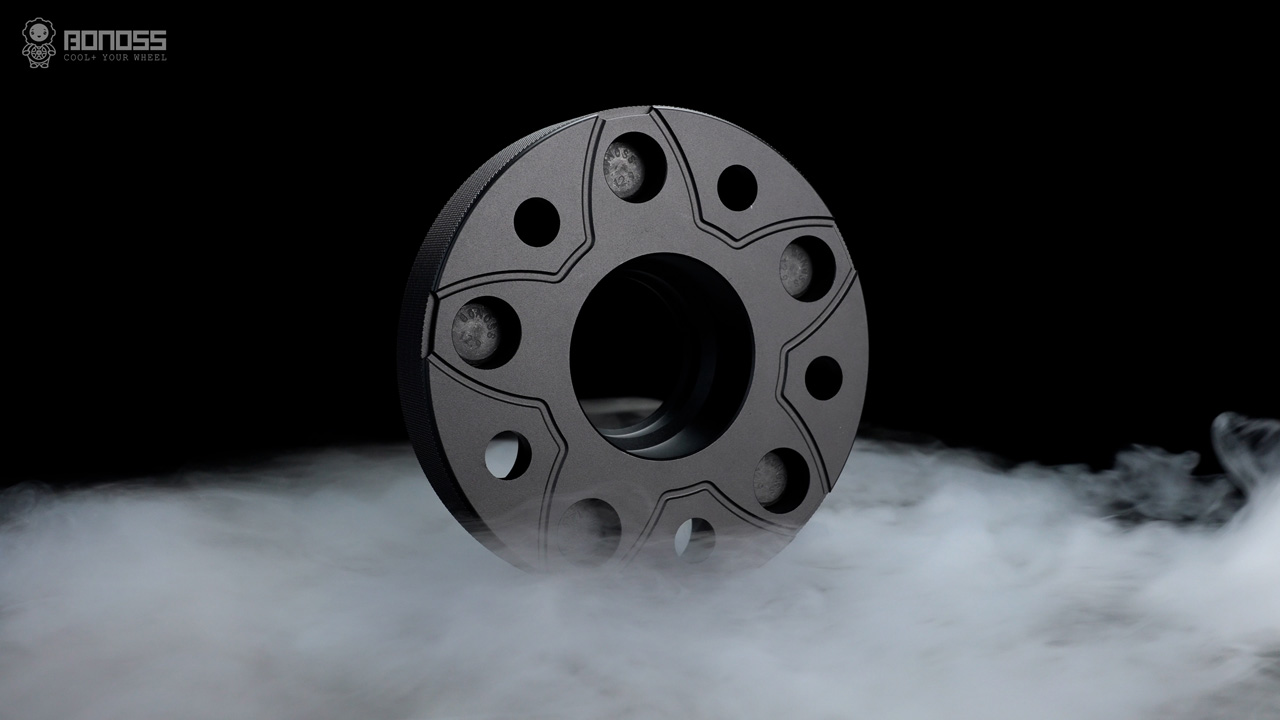
Anodizing is a proven very useful electrochemical process that converts the metal surface into a decorative, durable, corrosion-resistant, anodic oxide finish. This process provides the surface with better abrasion resistance, flame resistance, and smoother and harder finish protection than regular paint or metal plating.
BONOSS 6061-T6 aluminum wheel spacers are excellent candidates for black hard coat anodizing. The oxide layer that follows the anodizing process offers excellent protection. On the other hand, 7075-T6 Aluminum wheel spacers also take to the anodizing process very well. The subsequent oxide layer offers great protection. The black dye not only brings a premium appearance but also tends to be more lightfast. To be lightfast means that the colors will not fade as quickly. It is an ideal hard coating process for forged Aluminum wheel spacers which is the same as numerous high-performance industrial components.

